| Thursday, November 18, 2021 | |
Advancements in Wireless Technologies |
|
| 14:30 | Opening Remarks from Session Chair, Markus Pfeffer, Group Manager Contamination and Manufacturing Control, Fraunhofer IISB |
| 14:40 | The New 6G Initiative |
Eric Mercier, Deputy Head of Wireless & Telecom Unit, CEA-Leti The New 6G Initiative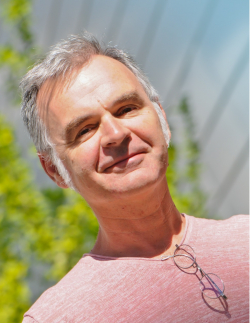
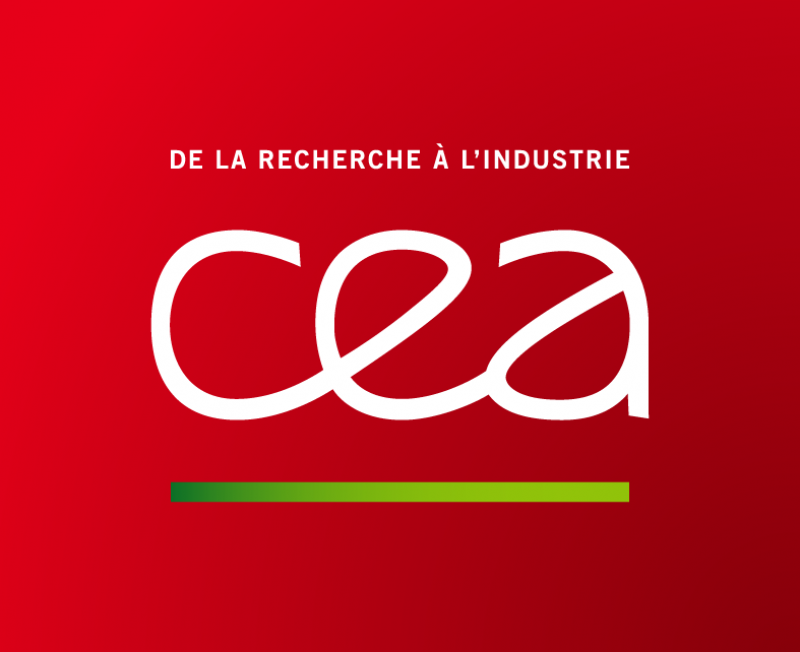 Abstract Biography |
|
| 15:00 | Engineered Substrates and Materials for 5G |
Cesar Roda Neve, R&D Program Manager, SOITEC Engineered Substrates and Materials for 5G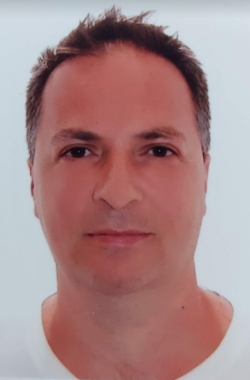
 Abstract Biography |
|
| 15:20 | 5G Application and use cases, Dr.-Ing. Dr.-Ing. habil. Ivan Ndip, Fraunhofer IZM |
| 15:40 | Opportunities and challenges of high-throughput 3D metrology equipment for semiconductor process control |
Hamed Sadeghian, CEO, Nearfield Instruments Opportunities and challenges of high-throughput 3D metrology equipment for semiconductor process control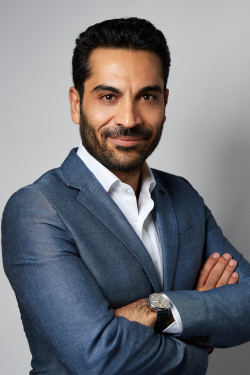
 Abstract Biography |
|
| 16:00 | Driving Down Cost of Ownership – New High Throughput “Cluster” Evaporation Production Tools for Wireless Applications |
Fiodar Kurdzesau, Process Engineer, Semiconductor Business Unit, Evatec Driving Down Cost of Ownership – New High Throughput “Cluster” Evaporation Production Tools for Wireless Applications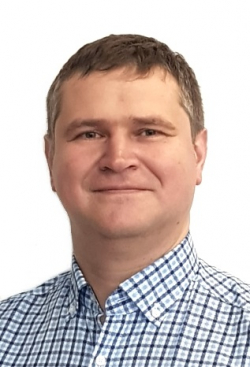
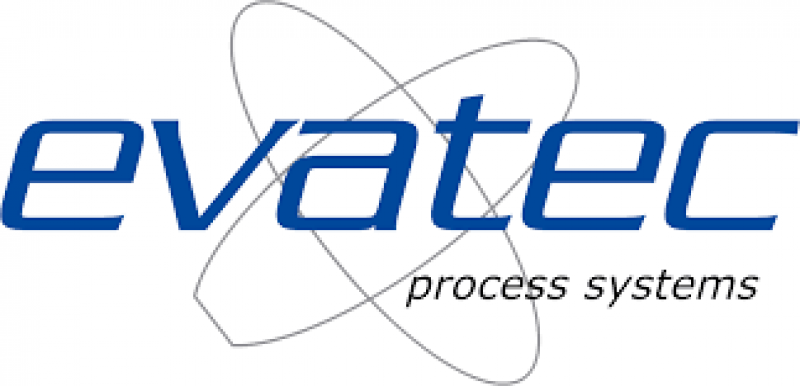 Abstract Biography |
|